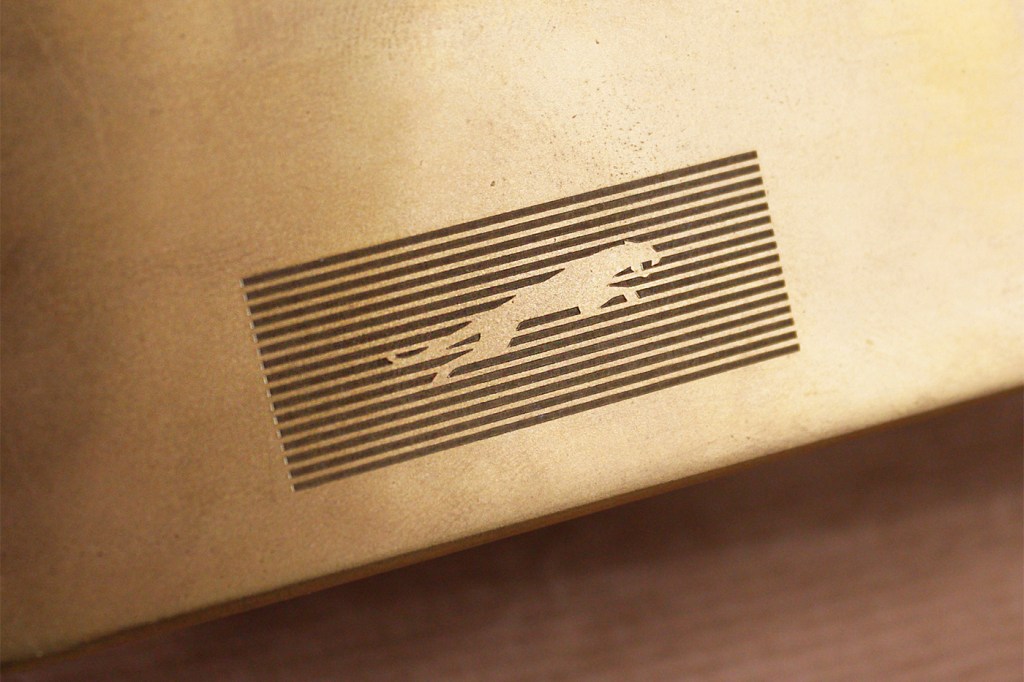Will Jaguar’s rebrand hurt the company’s bottom line?
“The number one mistake that companies make is thinking that their customers think about the brand as much as they do,” says Koen Pauwels, distinguished professor of marketing at Northeastern.

After unveiling a new corporate logo, look and vibe, British luxury carmaker Jaguar became a proverbial piñata, with everyone from marketers to billionaires accusing the company of being “out of touch” and “woke.”
The company released a promotional video to accompany the announcement, featuring models in brightly colored attire, who emerged from a yellow elevator in alien-like environs. No company vehicles are featured; the leaping jaguar is apparently scrubbed from the logo.
“Copy Nothing,” the video concludes. Other marketing materials note: “We’re here to delete the ordinary. To go bold. To copy nothing.”
But Jaguar’s head-scratching vibe shift — meant, apparently, to help usher in a new line of all-electric vehicles — may not pay off, says Koen Pauwels, distinguished professor of marketing at Northeastern.


By definition, companies rebrand to freshen up their image and attempt to change customer perception; but Jaguar’s “dramatic break with the old” may have gone too far in that it could be alienating customers, Pauwels says.
“The kinds of things you see in the ad — like “break the mold,” and “be exuberant” — appeals to anyone who wants to be special, but has nothing to do with why a customer would actually choose Jaguar,” he says.
Editor’s Picks
What’s more, the faux-pas could affect the company’s bottom line, Pauwels says. Companies rebrand to attract new customers, differentiate themselves from their competitors and reassert influence. If a rebranding campaign is poorly executed, or is negatively received, it can result in financial blowback, he says.
Pauwels says the blowback may only be minimally damaging to the brand. The company’s stock price did tumble in the 24 hours since its announcement.
“The number one mistake that companies make is thinking that their customers think about the brand as much as they do, and this is clearly an example of that,” he says. “Customers simply don’t spend much time at all thinking about the nuances of brands as the brands themselves do, which can sometimes put them out of touch.”
“We’ve known for decades of marketing and advertising research that you’re supposed to build a positioning for your brand, and that it is important to be consistent in your positioning over time,” Pauwels says. “You can gradually evolve it to change with the changing times, but you shouldn’t break with the past so suddenly, and Jaguar clearly is doing that.”
The episode is reminiscent of Anheuser-Busch’s Bud Light partnership with social media personality and trans influencer Dylan Mulvaney, which led to significant backlash, then a boycott. Bud Light sales suffered in the aftermath of the partnership.
The fundamentals of brand build revolve around two basic principles: point of parity, which refers to all the essential qualities and standards (or “credentials,” as Pauwels puts it) that a successful brand shares with its competitors; and point of difference, which refers to all of the ways a brand differentiates itself from its competitors.
“Rebranding is difficult, but it is perfectly possible to be successful at it if it is based on good market insights,” Pauwels says.
He points to Old Spice, a deodorant brand, as a model. In 2010, the company was able to successfully shake its “old man” image and connect with a younger audience — one that also included women.
“Nothing in their [Jaguar’s] official communication says that they did deep market research into their customers before bringing this out,” Pauwels says.











